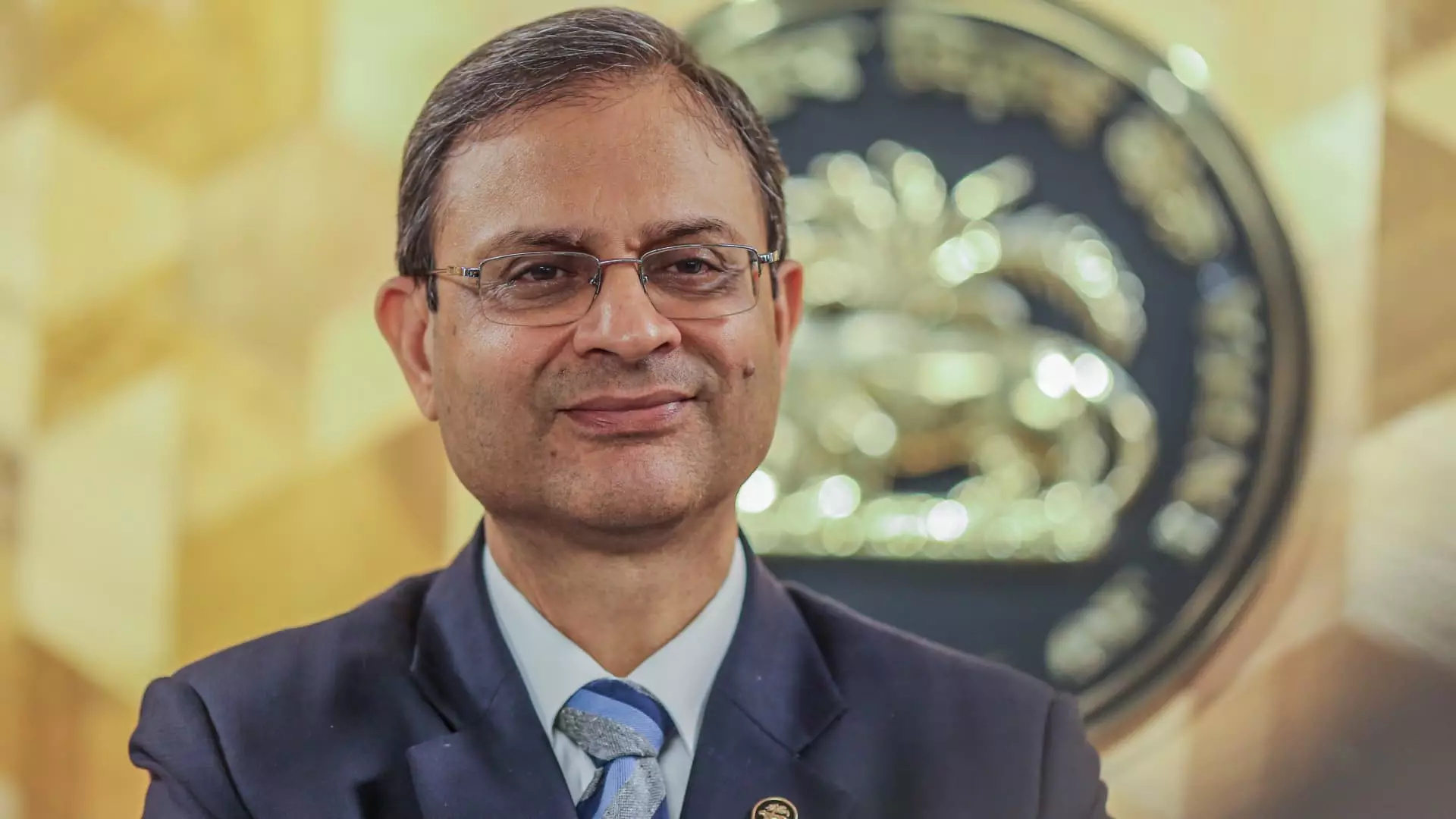In a significant move, the Reserve Bank of India (RBI) has lowered the key interest rates for the first time since May 2020, marking an important shift in monetary policy. This decision comes in the backdrop of declining inflation rates that have provided the central bank the necessary leeway to stimulate economic growth. Governor Sanjay Malhotra confirmed the Monetary Policy Committee’s (MPC) unanimous choice to adjust the repo rate down by 25 basis points, bringing it to 6.25%.
Economic Projections and Current Statistics
The reduction in interest rates comes amid forecasts of real GDP growth at 6.7% for the upcoming fiscal year, although projections for the current fiscal year ending March indicate a slower growth rate of 6.4%—the lowest in four years, previously estimated at 6.6%. The RBI maintains its inflation target at 4.2% for the next year, while the current year’s inflation remains stable at 4.8%. Both the revised growth and inflation forecasts hint at a cautious but necessary pivot in India’s economic response to global and domestic challenges.
As economic indicators fluctuate, market participants reacted with skepticism; the benchmark Nifty 50 index saw a decline of 0.5%, alongside a notable rise in the yield for 10-year government bonds, climbing more than 4 basis points to touch 6.7%. The reaction of the markets underscores a cautious optimism, though some analysts had expected the MPC to adopt a more “accommodative” monetary stance rather than maintaining a “neutral” position, which adds a layer of complexity to future economic predictions.
Challenges Ahead
Despite the anticipated improvements post-rate cut, several challenges loom large for the Indian economy. The GDP growth recovery remains tepid, particularly after a significant slowdown in the quarter ending September, during which growth plummeted to 5.4%—the lowest rate in two years. Malhotra noted that while recovery is on the horizon, current growth metrics remain significantly below last year’s performance, outlining the need for continued vigilance.
Moreover, with the rupee depreciating against the US dollar and touching unprecedented lows, any maneuver to lower interest rates could heighten inflation pressures. The RBI faces an intricate balancing act: providing economic stimulus while guarding against potential capital flight and further currency depreciation. In recent months, the central bank has actively intervened in the foreign exchange market to mitigate the risks of sudden outflows, which reflects the pressing urgency of stabilizing the currency.
As India strides into a new fiscal year, the RBI’s decision to cut rates exemplifies a proactive attempt to foster economic growth amidst a backdrop of uncertainty. The interplay between interest rates and inflation presents an ongoing challenge, demanding astute policy measures from the central bank. As the country navigates through these turbulent times, maintaining economic stability while encouraging growth remains an intricate and pivotal endeavor. The upcoming months will be crucial in determining the effectiveness of this monetary policy shift and its implications for the broader Indian economy.


Leave a Reply